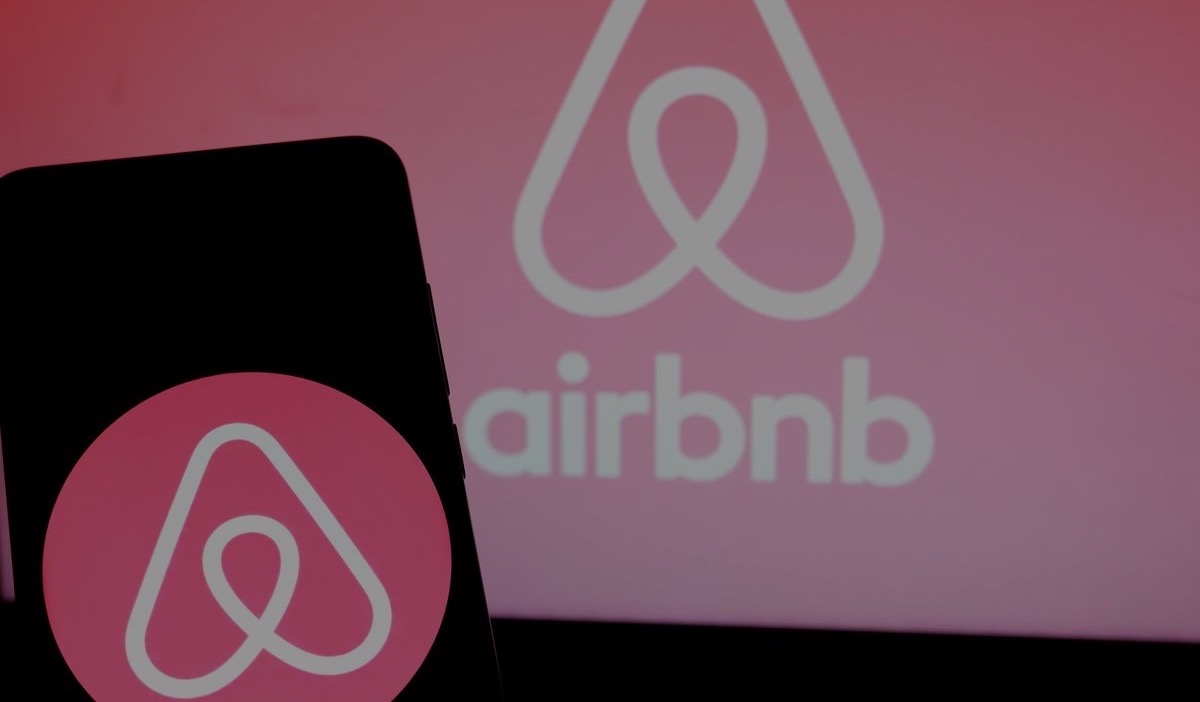It’s another IPO season in the US. The last one in 2020. One of the biggest names to go public is Airbnb. In this week’s article, we discuss Airbnb’s recovery.
The resiliency of Airbnb
As the world grounded to a halt due to COVID-19, global travel came to a standstill, so did Airbnb’s business. But unlike its hotel competitors, Airbnb’s business model proved to be much more resilient.
Roughly, you can categorize travel into four categories:
- International / Inside Cities
- International / Outside Cities
- Domestic / Inside Cities
- Domestic / Outside Cities
Travellers can either travel internationally or domestically, within cities or outside cities. COVID-19 halted international travel and severely diminished travel within cities. What remained was domestic travel to areas outside cities. This has become key to Airbnb’s business recovery, because unlike its competitors, Airbnb has lodging supply in all four categories.
This diversity of supply became a key driver in the company’s pandemic recovery. As the pandemic forced workers to work remotely and city residents to flee to the suburbs, domestic travel, specifically short distance travel outside the top 20 cities, and longer term stay rebounded (See Figure 1).

In Figure 2, we show the impact of the pandemic to Airbnb’s business model. Airbnb’s gross booking value went down from US $3.5 billion in February to US -$900 million in March (a negative US $4.4 billion swing in just a month!). However, bookings have mostly recovered through the summer, but as of September 2020, is still 17% lower compared to the same period the previous year.

In fact compared to other OTAs (online travel agencies – which is a more apt comparison for Airbnb, because both have asset-light marketplace models that match lodging supply and demand), Airbnb recovered faster. Booking.com saw its gross booking value over the first nine months of 2019 decline by 63% over the same period in 2020. Meanwhile Airbnb only saw a 39% decrease (see Figure 3).

Still not profitable
Despite its resiliency, Airbnb has not achieved consistent operating profitability. This means that the business is not yet efficient. In Figure 4, we compare the operating margin of Airbnb with that of Booking.com. Before the pandemic, in 2019, Booking.com operated at an average margin of 34%, while Airbnb operated at an average of -15%. To be fair, Booking.com is a much more mature business at scale, while Airbnb is still growing and is investing heavily in its growth.
Nevertheless, after a deeply unprofitable Q1 and Q2 2020, Airbnb took drastic measures. It cut costs and marketing, which brought about a return to positive operating margins in Q3 2020.

Loyalty of users
Despite the massive cut in marketing spend, revenue rebounded in Q3. Airbnb operates a two-sided marketplace. This means that it has to spend marketing dollars to ensure it has an adequate supply of hosts and travellers. Fortunately, the company is beloved by its users:
- Almost all of its hosts stayed on the platform years after they signed up to become hosts. Despite COVID-19 disruptions and the decline in bookings, the number of active listings in the first nine months of 2020 remained stable at 5.6 million.
- Almost 1 in 2 travellers continue to use Airbnb’s platform after 5 years. In fact, 69% of revenue in 2019 was generated by repeat guests, compared to 66% in 2018.
This high level of loyalty and brand awareness allowed the company to have a rebound in its revenue without spending heavily (and thus achieve a positive operating margin in Q3 2020). Its strong brand allowed it to still be the destination for travellers seeking lodging – even without advertising. From January to September 30, 2020, about 91% of all traffic to Airbnb came organically through direct or unpaid channels. This bodes well for the future efficiency of the business.
In contrast to Airbnb, Booking.com is not as beloved. Hotels hate them.

Oh, and the tax thing
The S-1 also revealed that the company may owe a substantial amount of back taxes:
“We may have exposure to greater than anticipated income tax liabilities. In September 2020, we received a Draft Notice of Proposed Adjustment from the IRS for the 2013 tax year proposing an increase to our U.S. taxable income that could result in additional income tax expense and cash tax liability of $1.35 billion, plus penalties and interest, which exceeds our current reserve recorded in our consolidated financial statements by more than $1.0 billionâ€









